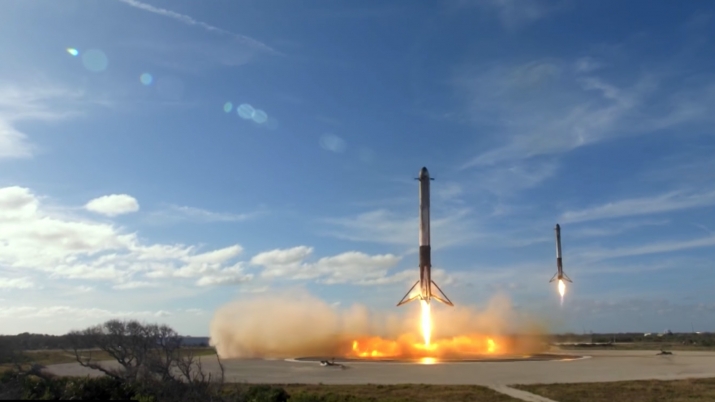
As of this writing, there are 16 Space Shuttle reusable RS-25 main engines (built by Aerojet Rocketdyne) that are remaining from the Space Shuttle program. The RS-25 are awesome main engines designed in the 1970s, and were used in 135 Space Shuttle missions. I was lucky enough to see two of those launches in person, and supporting over 23 missions as a software engineer of the Flight Computer Operating System (FCOS) at JSC Mission Evaluation Room (MER).
The remaining 16 RS-25 Space Shuttle engines will be used by NASA’s Space Launch System (SLS) which will use four RS-25 engines per vehicle. The SLS is an expendable launch vehicle, meaning, those 16 reusable engines will be lost as they re-enter the Earth’s atmosphere, splashing into the sea.
As the SLS do not require reusable engines, future versions of the RS-25 (an 18 additional RS-25 engines) will be based on a non-reusable design, making them cheaper than the reusable version. An article by Ars Technica on May/2020 puts the cost of a new RS-25 engine between $100-$146M. With four RS-25 main engines per vehicle, that means ~$500M for the main engines alone per mission.
The expendable version of the Falcon Heavy has a price tag of $150M, according to Elon Musk. Today Aug/18/2020, SpaceX set a new reusability record with its sixth landing of a single booster.
You can calculate the cost and financial benefits of reusability. Reusable components, reusable vehicles, reusable rockets, are not only awesome and cool, but are the future (today).
The Space Shuttle proved that fly-by-wire and reusability were possible in space flight. SpaceX has taken reusability to the next level. Today we have the knowledge, the hardware and software, the many private industries and ventures, and the NASA-government support to implement rocket/vehicle reusability in US space flight as a norm.

